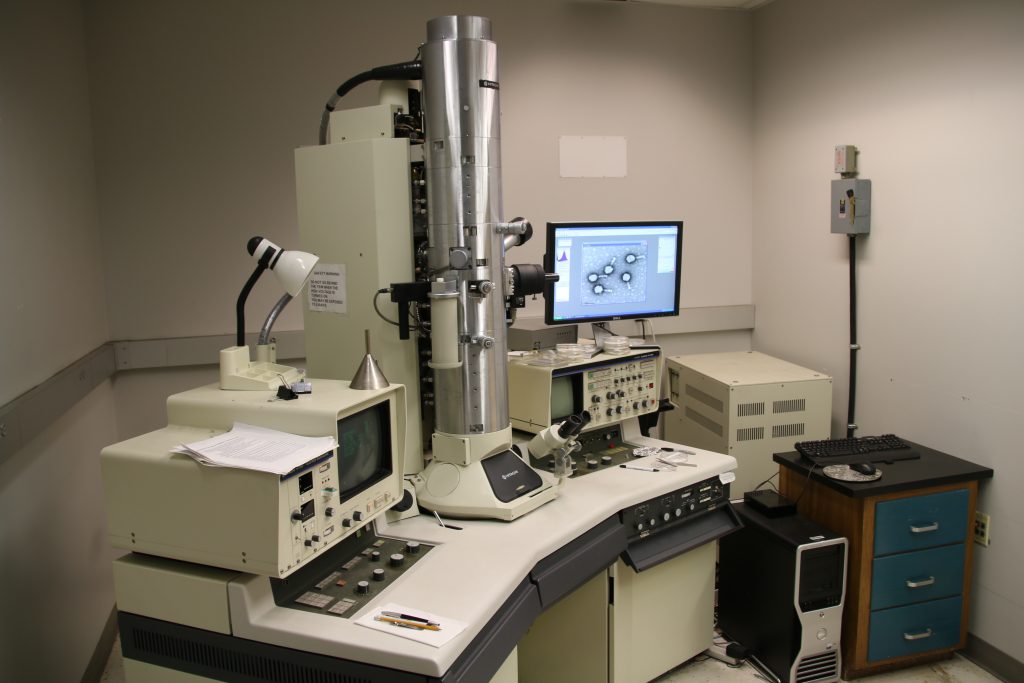
.jpg)

Like the discrete differential amplifiers that you built last week, op amps have two inputs $V_+$ and $V_-$, and one output, $V_\mathrm$. Op amps are high gain differential amplifiers. We shall see, however, that negative feedback dramatically improves the properties of amplifiers. After all, why deliberately diminish the gain of an amplifier? Indeed, negative feedback was greeted with incredulity when first invented by Harold Black and others in the 1920s. Negative feedback, where the output is used to diminish the input signal and decrease the gain, seems foolish at first.Nowadays, positive feedback is also used in comparators and a few other circuits. Historically, positive feedback was (and is) used in oscillator circuits. Positive feedback, where the output is used to enhance the input signal and increase the gain.To apply feedback to an amplifier means to feed some of its output back into its input. Op amps circuits almost always use negative feedback: feedback is the most important principle of modern analog circuit design. Many types of integrated amplifiers are available, but the most useful type is the Operation Amplifier ( op amp). Such complete amplifier circuits, fabricated on a single piece of silicon, come prepackaged as “integrated” circuits (ICs). Many of these problems can be eliminated by carefully designing complicated circuits using matching transistors. (This is a much bigger problem in our lab environment than in a production environment.) Discrete transistors are easy to burn out.Amplifiers made with bipolar transistors have low input impedances.The amplifier’s output impedance is not low.T he amplifier’s gain is difficult to predict because it depends on the transistor’s transconductance, which varies between transistors.High gain amplifiers are difficult to design.Explain why the circuit below is a perfect current to voltage converter.Īs we have seen in the JFET labs, amplifiers constructed from discrete transistors have many undesirable features: What is the gain of the non-inverting amplifier used in 6.5?Ĥ. Design an inverting amplifier with a gain of ten and an input impedance of 1k.ģ. Perform any circuit calculations use MatLab or anything that can be done outside of lab use RStudio (freeware).Īll Parts spec sheets are located on the Physics 111 Library site.ġ.Answer the pre-lab questions utilizing the references and the write-up.
#Instrumentation laboratory portable
NOTE: You can check out and keep the portable breadboards, VB-106 or VB-108, from the 111-Lab for yourself ( Only one each please)īefore coming to class complete this list of tasks: You will construct a comparator, follower, current source, and inverting, non-inverting, differential, and summing amplifiers. In this week’s lab you will study op amps and feedback. Reprints and other information can be found on the Physics 111 Library Site. The Art of Electronics, Horowitz & Hill Chapter 4 All rights reserved.Īrt of Electronics Student Manual, Hayes & Horowitz Chapter 4 ©2016 by the Regents of the University of California.


 0 kommentar(er)
0 kommentar(er)
